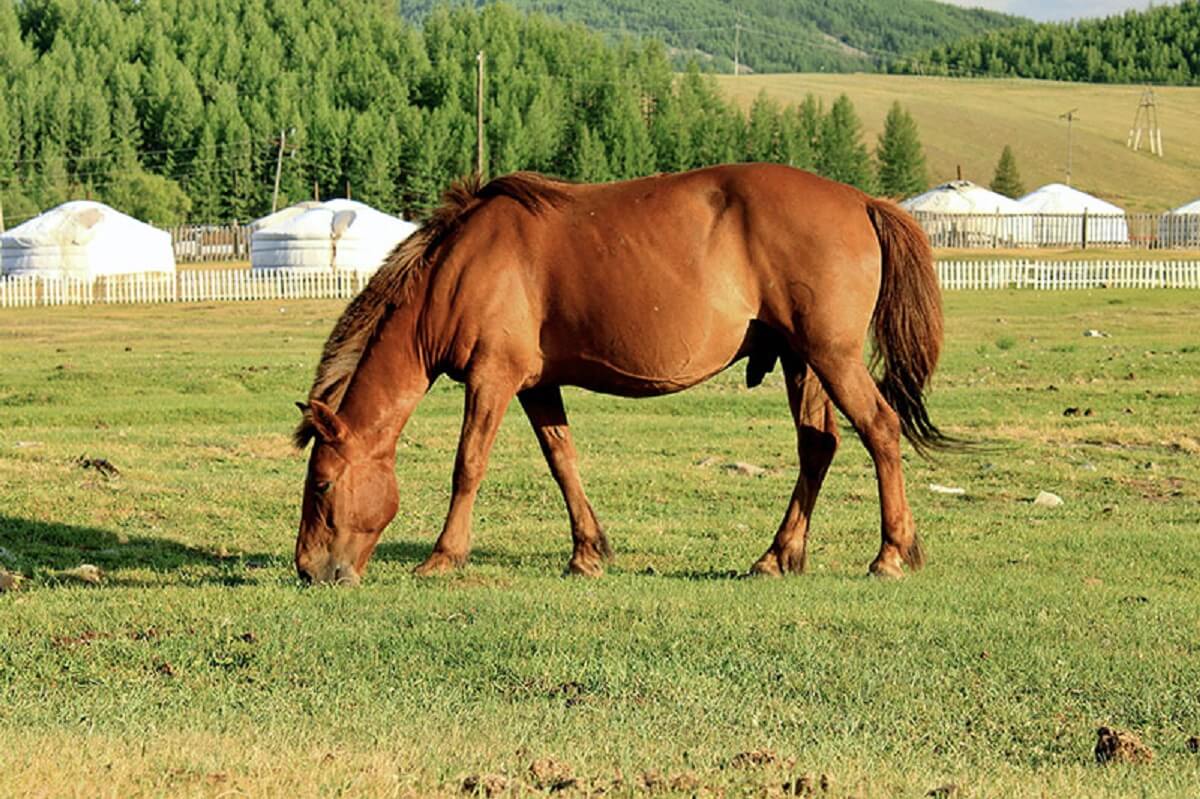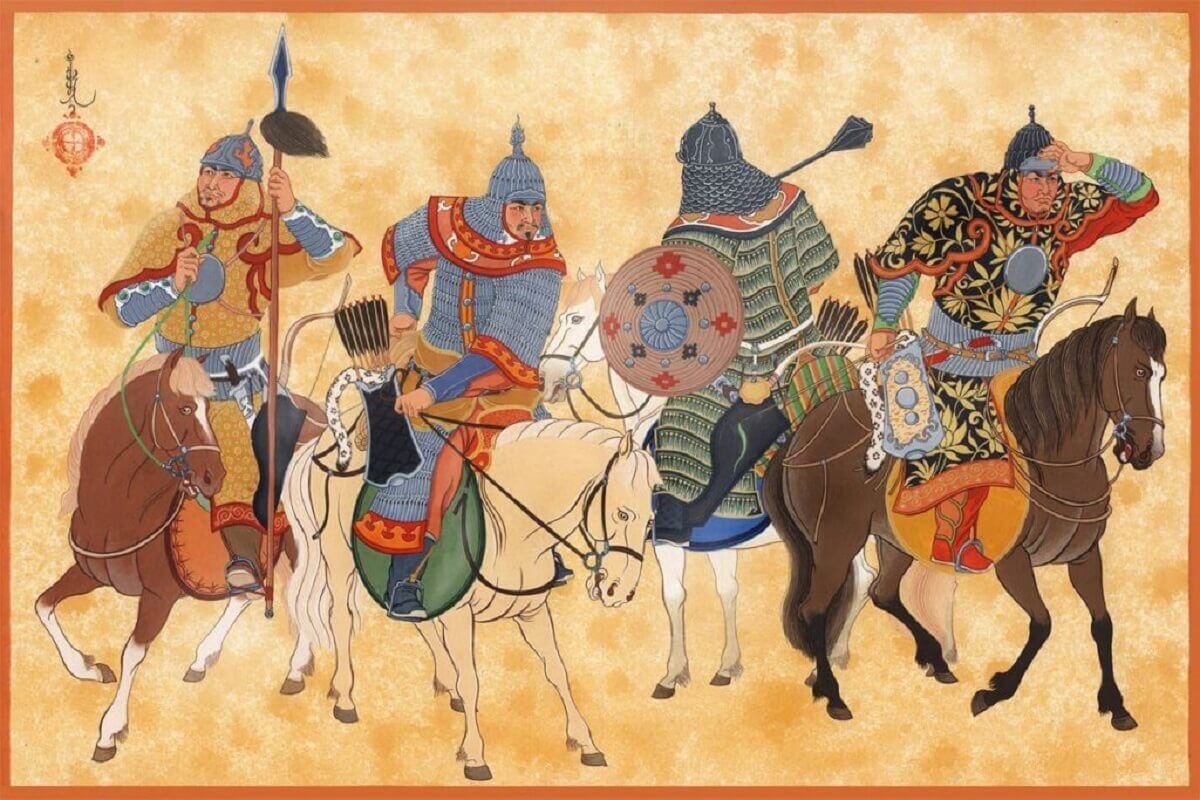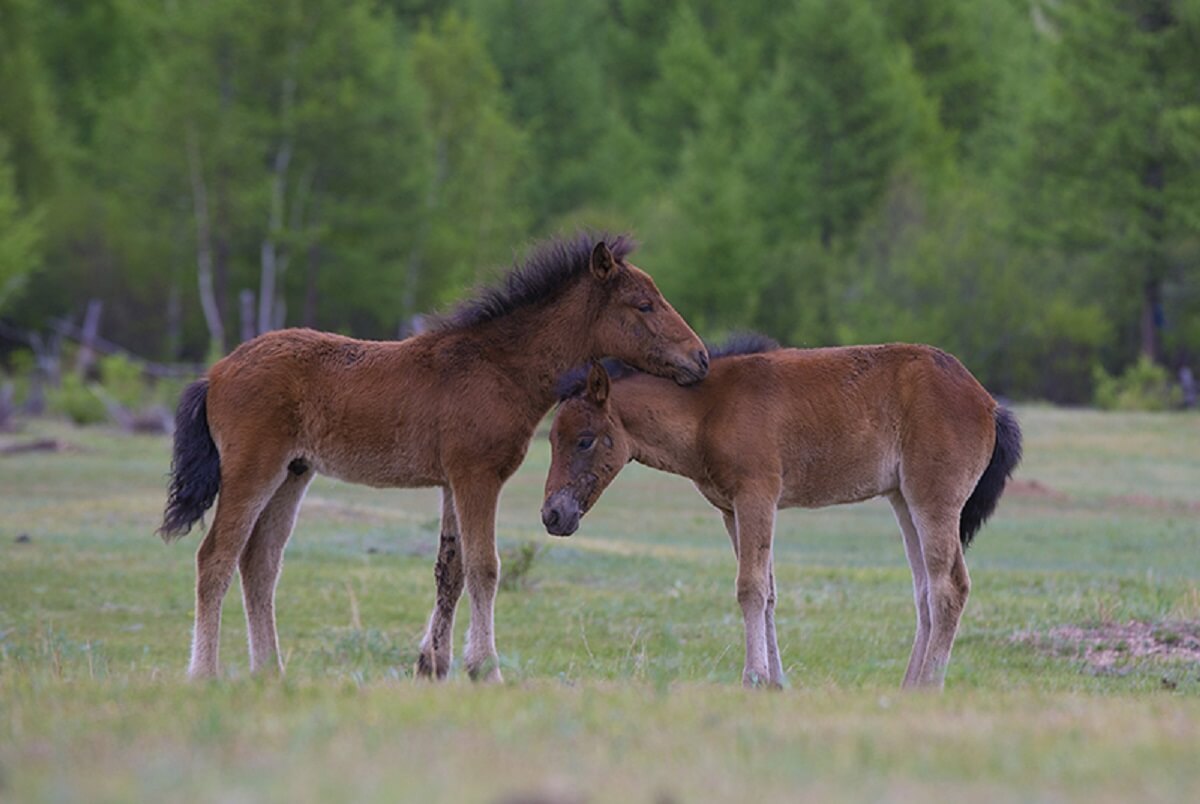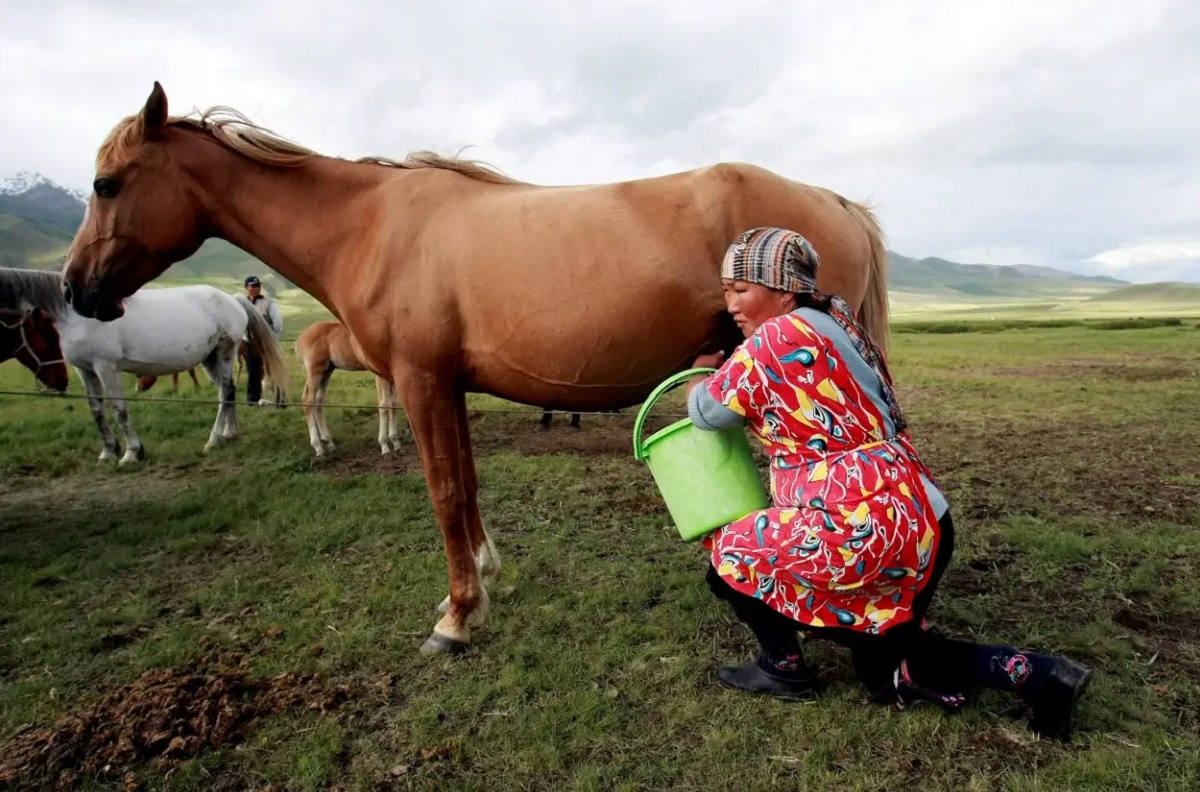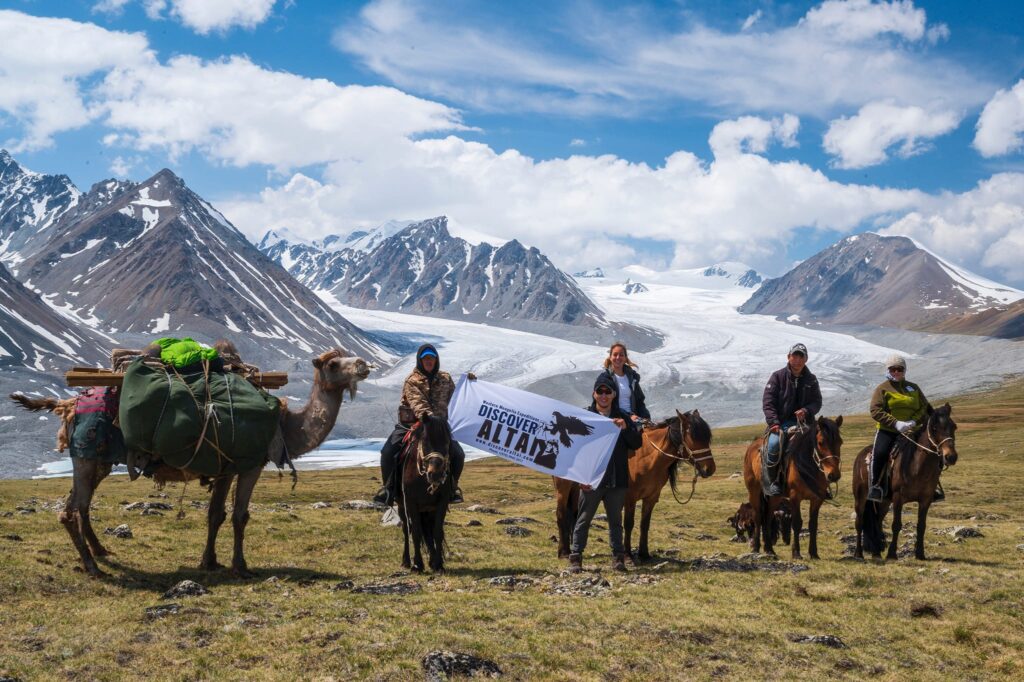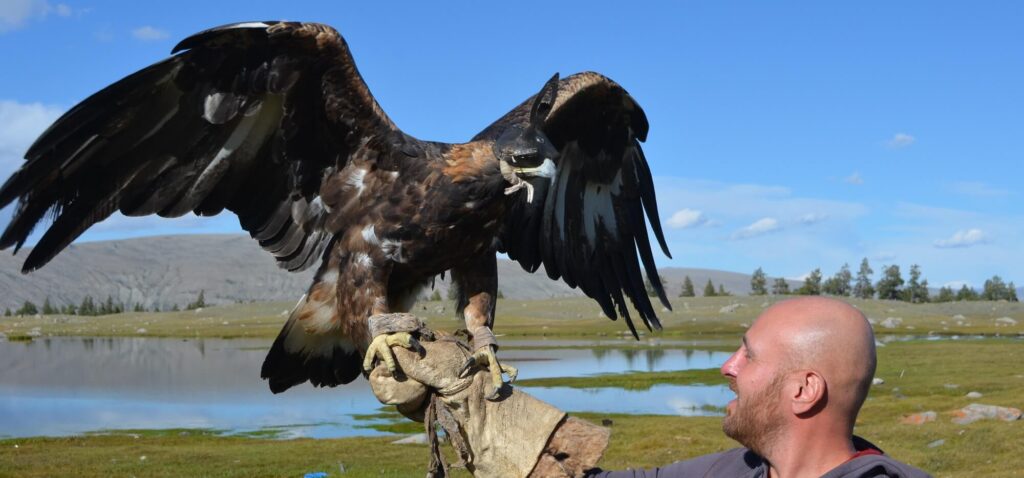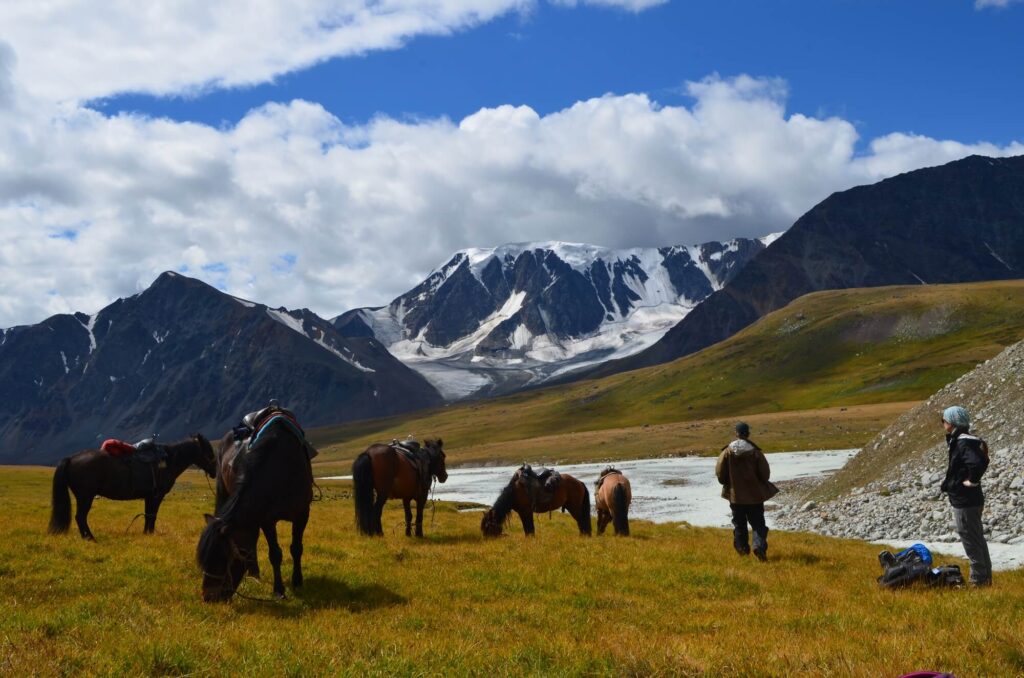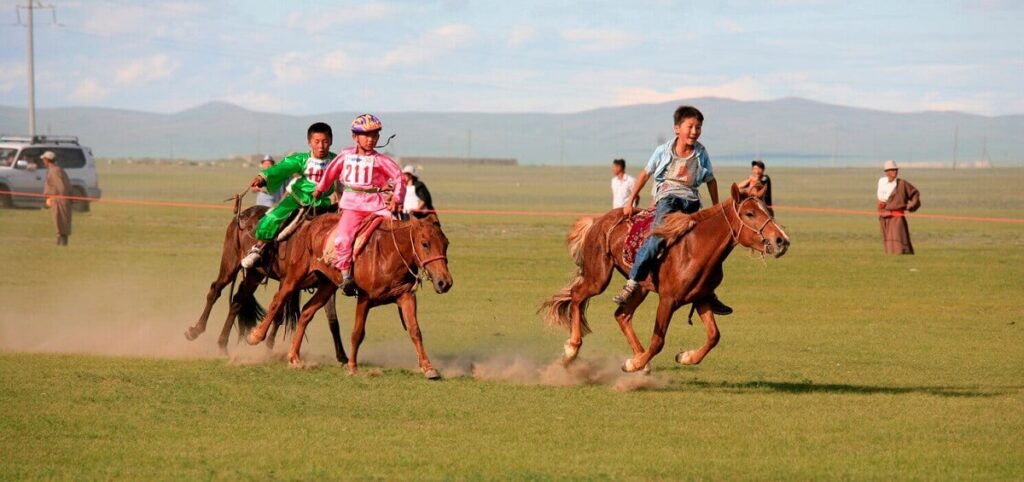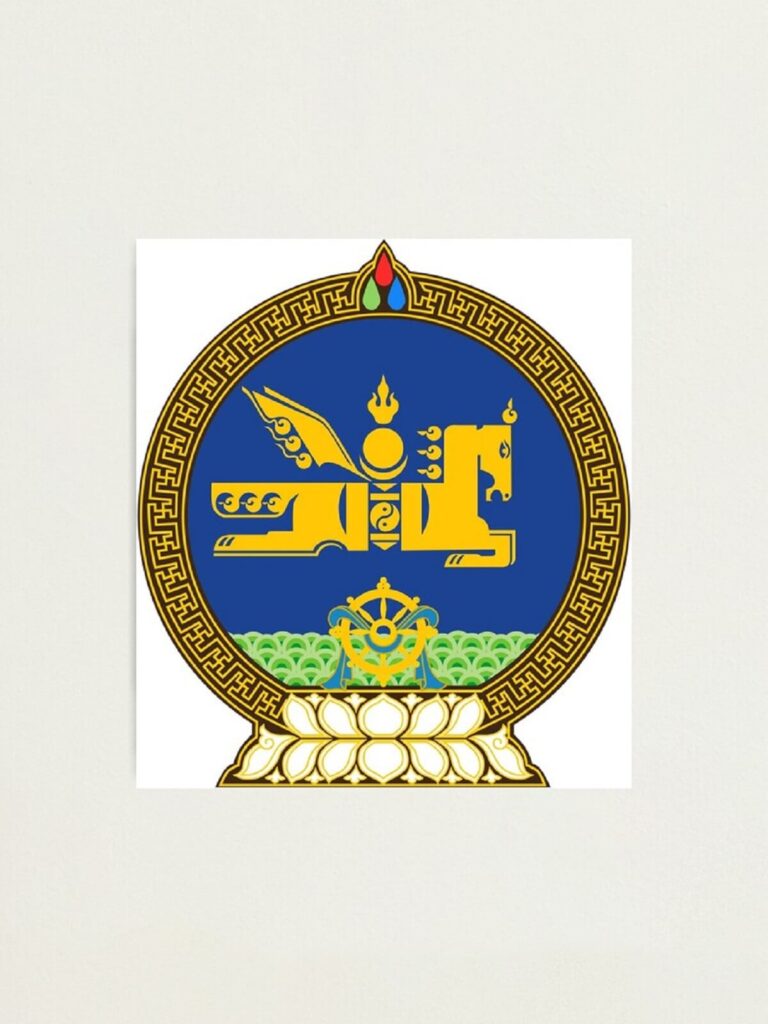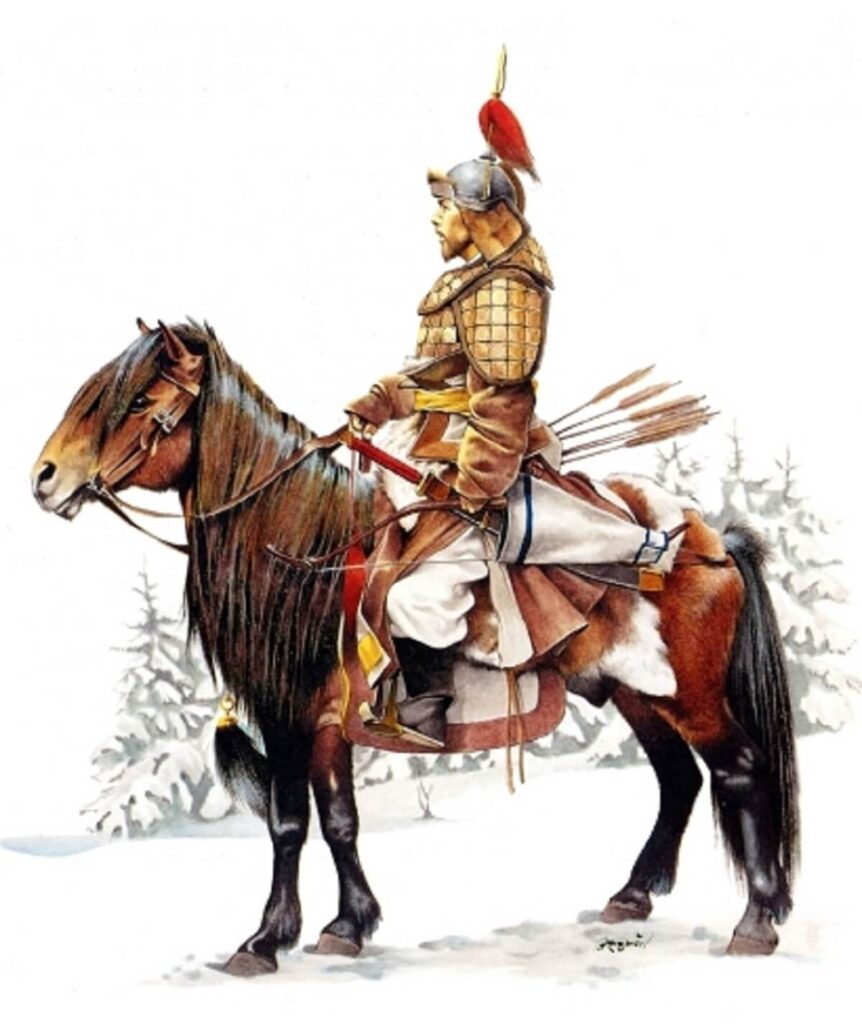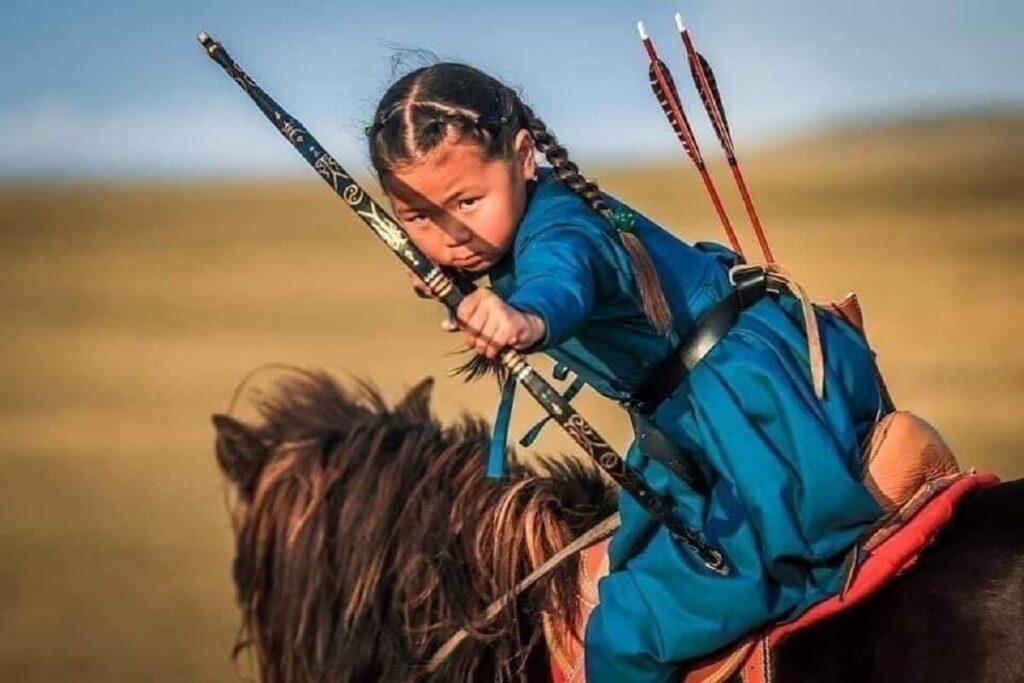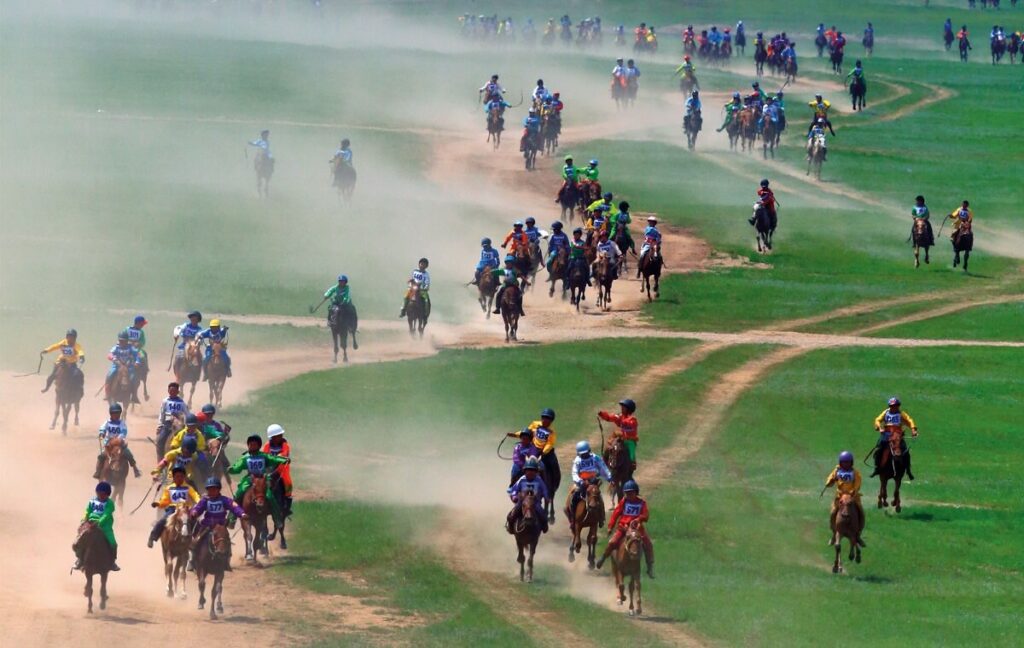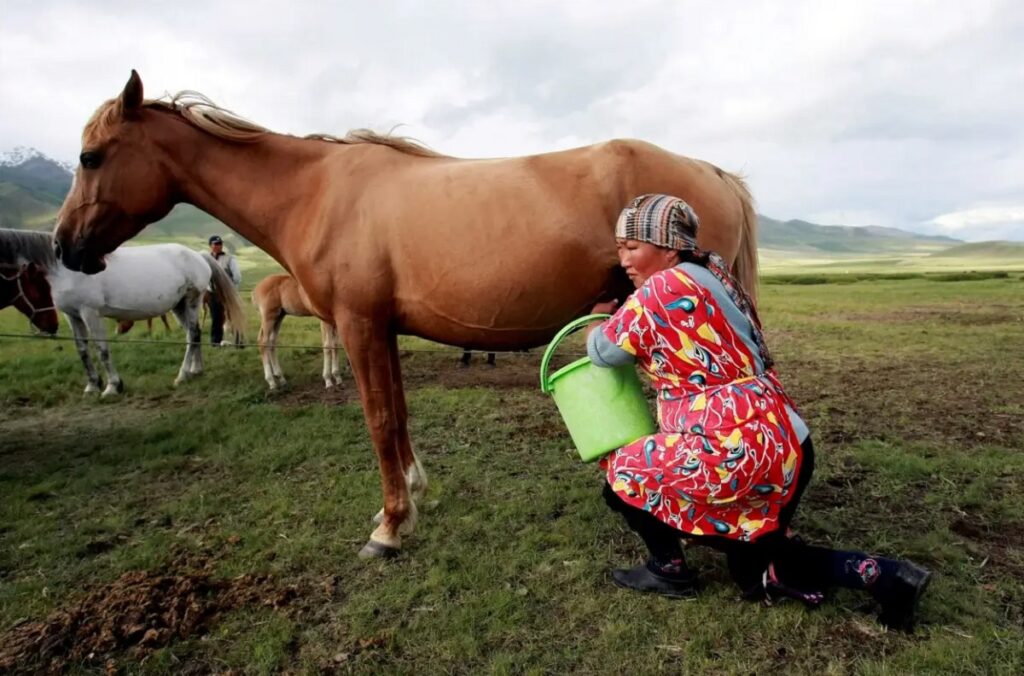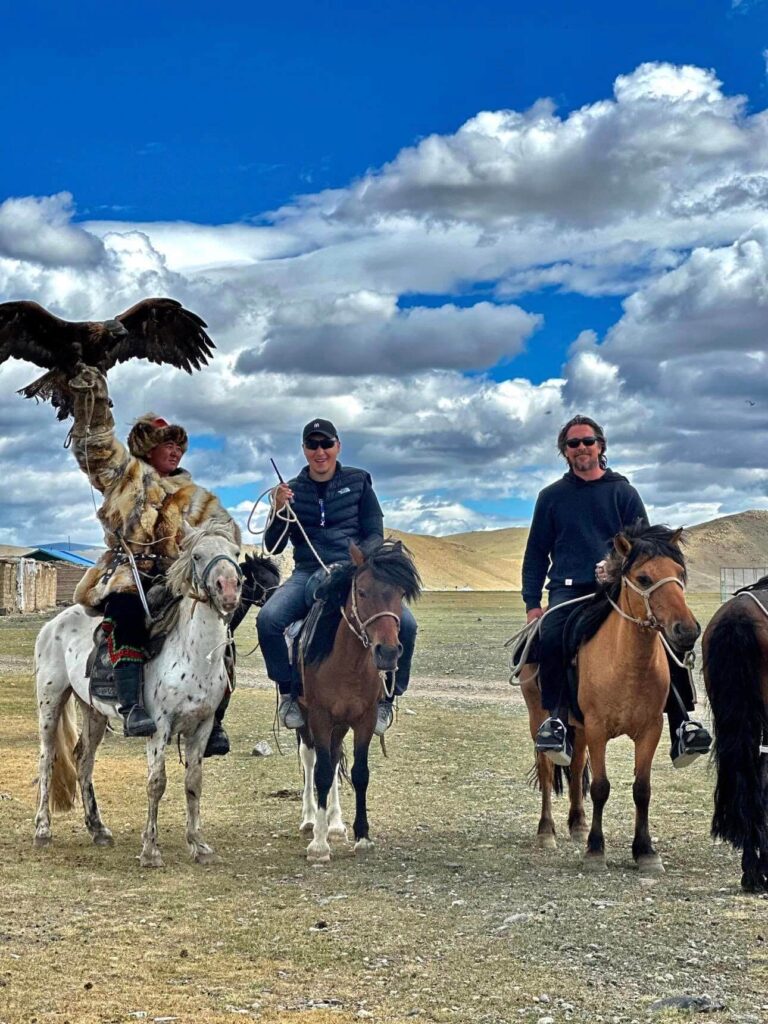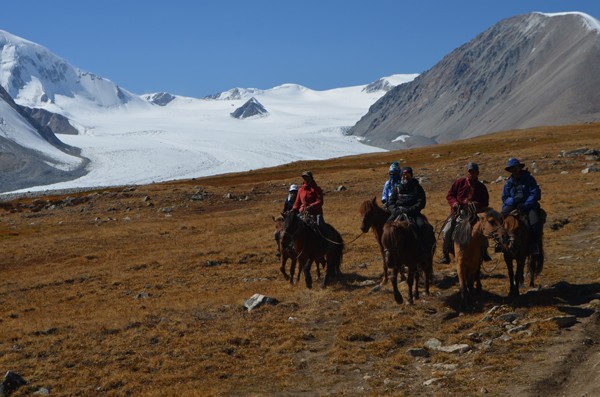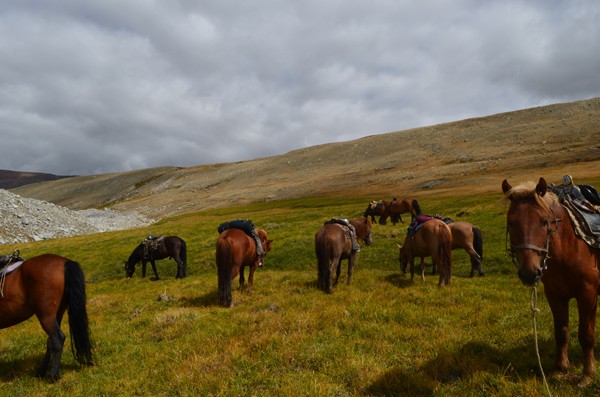The evolution of Mongolian horse breeds – The Mongolian horse, a symbol of endurance and versatility, has roamed the vast and varied landscapes of Mongolia for centuries.
Often seen as an extension of the nomadic lifestyle that defines much of the country’s history, these horses are not just animals but are integral to Mongolian culture, history, and survival.
We offer you MONGOLIA HORSE TREKKING TOUR. Come and enjoy the Mongolia Horse Riding Tour. Mongolia is home to the last nomads. Mongolian Horses are the most important part of nomadic life. It will be wonderful 🤩🤩
Characteristics and Adaptation
Mongolian horses are relatively small, sturdy, and resilient, standing typically between 12 and 14 hands high.
They have a large head, a muscular neck, and a compact body designed for endurance and survival in harsh conditions. Their coat, which grows thick in winter, helps them withstand temperatures that can plummet to as low as -40 degrees Celsius.
One of the remarkable features of these horses is their adaptability. They are able to graze on sparse vegetation and can find water buried deep in the snow, traits that are essential for survival in the steppes of Mongolia.
Origins and History
The story of the Mongolian horse begins thousands of years ago. Genetic studies suggest that the origins of the modern Mongolian horse trace back to around 3,000 years ago.
These horses are believed to be descendants of the ancient wild horse, Przewalski’s horse, although they have evolved significantly from their ancestors.
Throughout history, Mongolian horses have been indispensable. They played a crucial role in the establishment of the Mongol Empire under Genghis Khan in the 13th century.
The mobility provided by these horses allowed the Mongols to extend their empire across Asia to Europe, making it the largest contiguous land empire in history.
Breeding and Conservation
Historically, Mongolian nomads practiced selective breeding mostly in a natural way, letting the harsh natural environment play a significant role in shaping the breed.
The strongest and most adaptable horses survived and reproduced. This natural selection process ensured that only the fittest horses passed on their genes.
In recent years, there has been a growing awareness of the need to preserve the purity of the Mongolian horse breed. With the introduction of foreign horses and modern breeding techniques, there is a risk that the unique genetic traits of the traditional Mongolian horse could be diluted.
Conservation efforts are now focused on maintaining the breed’s genetic diversity while also ensuring that the horses remain a viable part of the Mongolian lifestyle.
This involves both in-situ conservation — protecting the horses within their natural habitat — and ex-situ conservation strategies like establishing breeding centers.
Cultural Significance
Beyond their physical attributes, Mongolian horses hold deep cultural significance. They are a symbol of freedom and independence and are deeply embedded in the folklore and the everyday life of the Mongolian people.
Horses are involved in many cultural practices, from traditional races to ceremonies and festivals like Naadam, which showcases the prowess and beauty of these horses in races that are a major attraction.
Mongolian music and poetry often celebrate the horse, reflecting its integral role not just as a tool for survival but as a cherished companion and family member. The horse also plays a key role in the traditional Mongolian diet, providing milk and meat.
Conclusion
The Mongolian horse is not just an animal breed; it is a cornerstone of a way of life that has persisted for millennia in one of the harshest environments on Earth.
As Mongolia faces the challenges of modernity, the fate of these incredible horses is intertwined with the efforts to preserve a culture, a history, and a landscape that is uniquely Mongolian.
Their continued evolution and conservation are critical not only for biodiversity but for the cultural heritage of Mongolia.

